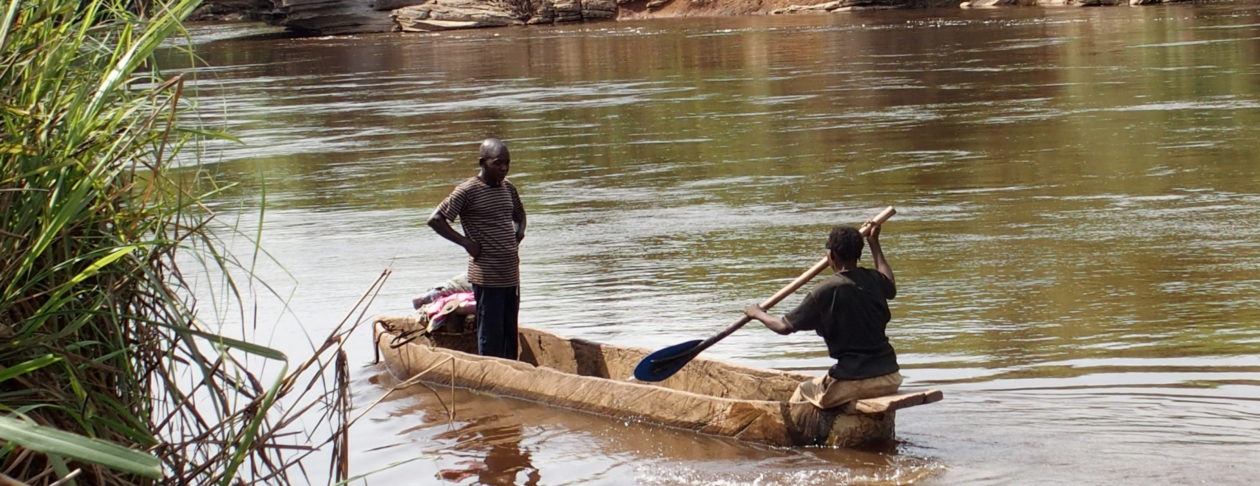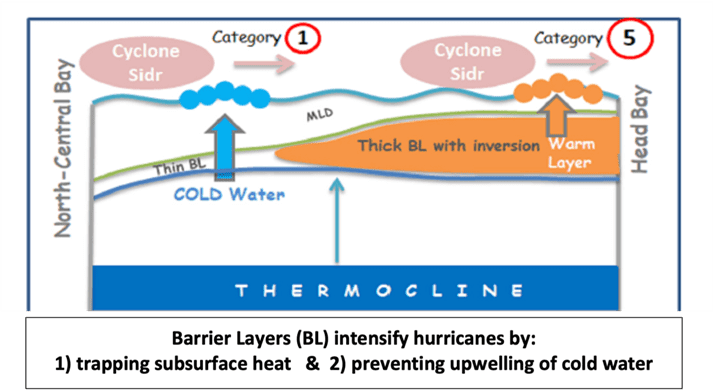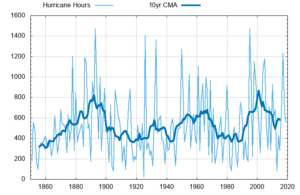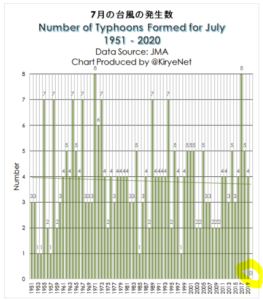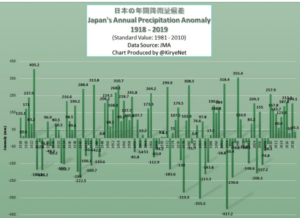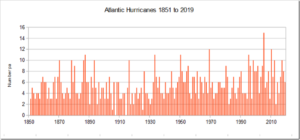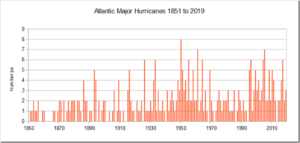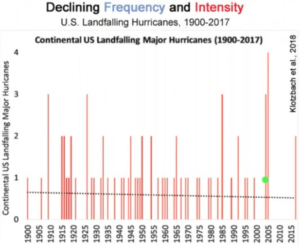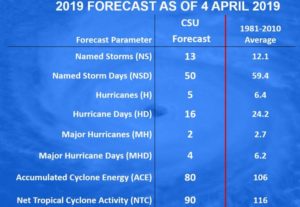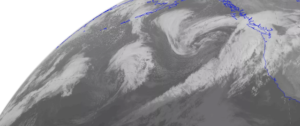by C. Morrison, Feb 23, 2023 in WUWT
The Met Office is refusing to retract a claim made by a senior meteorologist on BBC Radio 5 Live that storms in the U.K. are becoming “more intense” due to climate change. This is despite admitting in Freedom of Information (FOI) documents that it had no evidence to back up the claim. The Global Warming Policy Foundation (GWPF) noted the “false” claim seriously misled the public and demanded a retraction. The Daily Sceptic covered the story last Thursday and has since contacted the Met Office on three occasions seeking a response. “False information of this kind does much to induce climate anxiety in the population and I am sure you would agree such errors should be corrected by any reputable organisation,” it was noted. No reply was received – no retraction has been forthcoming.
The storm claim was made by Met Office spokesman Clare Nasir on January 22nd and led to an FOI request for an explanation by the investigative journalist Paul Homewood. The Met Office replied that it was unable to answer the request due to the fact that the information “is not held”. Interestingly, the Met Office’s own 2022 climate report noted that the last two decades have seen fewer occurrences of maximum wind speeds in the 40, 50, 60 knot bands than previous decades. The Daily Sceptic report went viral on social media with almost 3,000 retweets on X, while GWPF’s demand for retraction was covered by the Scottish Daily Express.
The lack of action by the state-funded Met Office is very interesting. Extreme weather is now the major go-to explanation for the opinion that humans largely control the climate, despite a general lack of scientific evidence. Backing away from this ‘settled’ narrative risks damaging a potent tool nudging populations across the world towards the collectivist Net Zero political project. Mainstream media usually take care to fudge their reporting of any direct link, using phrases such as ‘scientists say’ and sprinkling words ‘could’ and ‘might’ in the copy. The mistake Nasir made was to forget this basic requirement of broadcast fearmongering.
There appears to be an arrogance around the Met Office, an arrogance it shares with many other organisations and scientists promoting Net Zero …
….
